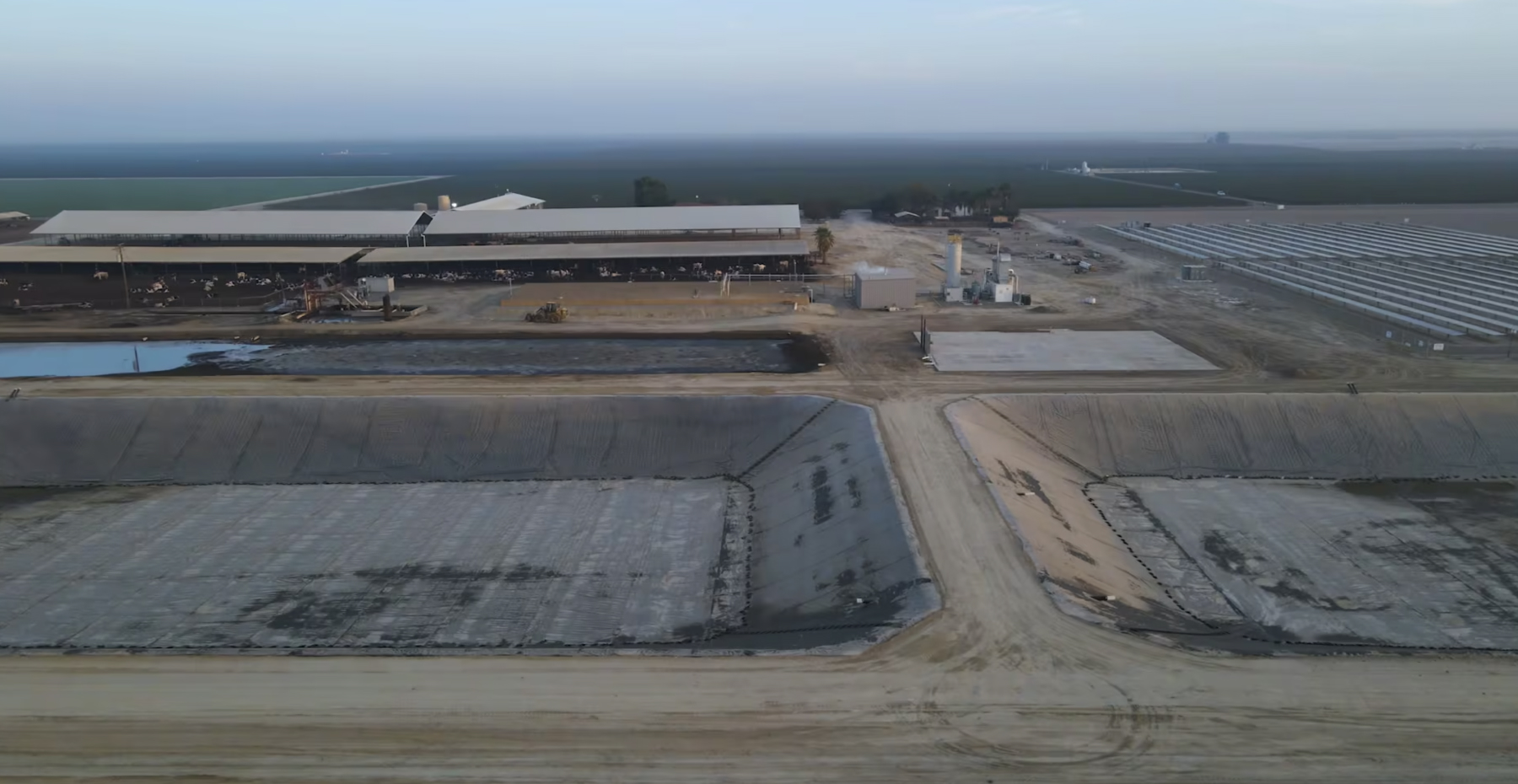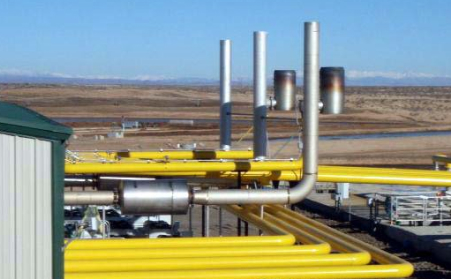
Conserving and protecting
Phosphorus is an essential element to all living things. It is a particularly valuable nutrient fertilizer for agriculture, as crops require phosphorous for growth. DVO offers a simple and robust solution that captures 75 to 95 percent of phosphorus from a wide variety of anaerobically processed organic wastes.
By treating wastes in the patented DVO 2-Stage Linear Vortex™ anaerobic digester, and then employing our Phosphorus Recovery (PR) system, one can both conserve valuable minerals and help protect our natural resources.
The PR system is organic chemistry-based (no centrifuge is employed). It has been successfully commissioned at a large dairy farm in the northwest United States and two other locations. The guaranteed retention time of the DVO anaerobic digester allows, in part, for this PR process to be economical and effective. As a result, most phosphorus in the waste stream is captured in a condensed, solid fertilizer product.
PR System
Fertilizer Products
The DVO system produces both liquid and dry fertilizer products. These products may be applied through irrigation or land-spread, offering:
 Reduced nutrient loading
Reduced nutrient loading
This saves valuable time and energy, allowing you to focus on what really matters.
 Odor mitigation
Odor mitigation
Biodegradation is thorough, so the smell is removed and doesn’t come back.
 Plant-available nutrients
Plant-available nutrients
- Apply directly to growing crops and immediate incorporation.
- Expands the practical timeframe for nutrient redistribution.
- Reduced possibility of a spill, which could contaminate surface water.
DVO’s PR system is a low-maintenance, sustainable treatment solution that works for agriculture and industry, while providing real benefits for the environment. Plant-ready fertilizers and micronutrients are captured in a form that can be safely transported and utilized in areas that need them.
– Doug VanOrnum, Vice President Strategy and Technology for DVO
About Phosphorus
Phosphorus is a non-renewable resource with a finite global supply. Much of it ends up in landfills or in places or forms that are not recoverable. Scientists have produced evidence that we will run out of phosphorus within a few decades. Unfortunately, phosphorus mining practices involve stripping large amounts of land, creating negative environmental consequences.
Agricultural and commercial/industrial wastes can create sources of excess phosphorus in our environment. Excess phosphorus finds its way into surface water, leading to algae blooms and sometimes causing severe damage to sensitive aquatic ecosystems. For these reasons and more it makes sense to recover phosphorus and safely recycle it whenever we can.
Related Frequently Asked Questions
Is financial assistance available?
Potentially, yes -- through EQIP or other state or federal programs. DVO can help determine which program(s) may apply in your case. PR can also be included in a new AD installation.
Is PR easy to operate?
Yes. Like our digester, Phosphorus Recovery is designed to operate automatically and with minimal supervision.
Do I need a digester for this to work?
Yes. Waste streams that are anaerobically processed first enable us to concentrate and remove phosphorus economically.
Can this process be applied to co-digested, mixed-waste streams?
Yes. For example, phosphorus recovered from urban organics can be diverted from landfills. The PR system can accommodate a high-degree of input variability.
Why do DVO digesters see much better pathogen reduction than “complete-mix” or “plug-flow” designs?
Third-party figures are publicly available, where others typically do not. For pathogens that cause farmers problems, such as E. coli and salmonella, we see 97-99% removal. Lab reports often come back "none detected." This is only possible because our design offers a guaranteed hydraulic retention time, which means every unit of waste that goes into our digester is retained and processed for a guaranteed number of days. In a complete-mix digester this is impossible. Some waste leaves the system too soon, and waste not fully digested will contain many more pathogens, and energy not harvested. Some waste also is left in and processed longer than necessary, which reduces system efficiency.
What happens to the nutrients in the manure/biowaste?
No nutrients are lost because the digester only breaks down carbon-based molecules. It cannot break down nitrogen, potassium or phosphorous. However, it does change the form of the nutrients, from an organic state to an inorganic state, which means nutrients are more "plant-accessible." This is why liquid coming from a digester can be applied to a growing crop without burning the leaves. In fact, the nutrients act as an excellent starter fertilizer.